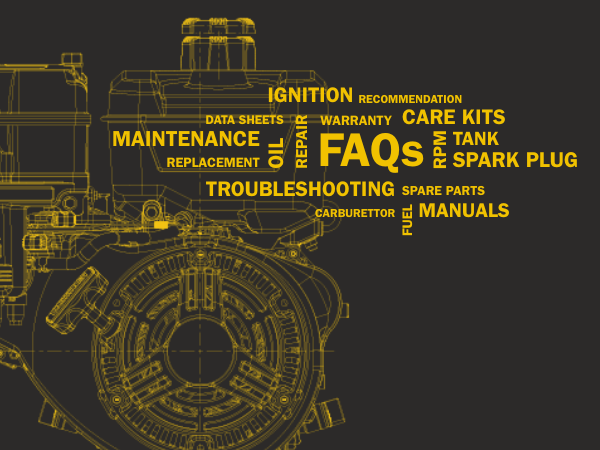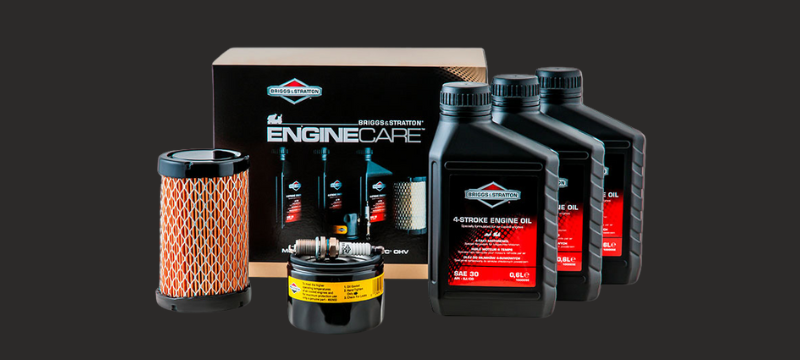HOW DO I TROUBLESHOOT & REPAIR COMMON ENGINE PROBLEMS?
- This FAQ article applies to all Vanguard engines -
Content

Engine starting problems have a few common causes, especially if you’re using your outdoor power product after it’s been stored for the winter or off-season.
Safety Tip:
ALWAYS remove / disconnect the spark plug before performing engine repair.
Step 1: Check the fuel
Do you have fresh, clean fuel in the tank? If it’s empty, fill it up and go! If it’s full, check that the fuel shut-off valve is open and that it is clean.
Stale fuel, dirt and debris are the most common cause of outdoor power equipment not starting properly. If you store equipment with untreated petrol in the tank, it can lead to engine damage.
Prevent this problem in advance through proper lawn mower & outdoor power equipment storage. Using fuel stabilizer will keep your petrol from creating engine problems.
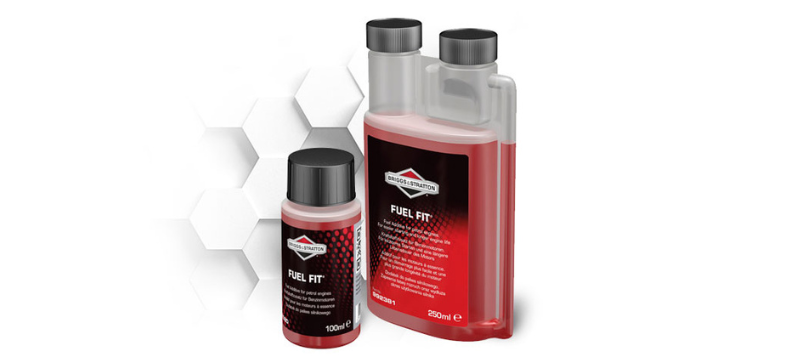
Step 2: Clean the carburetor
Carburettor problems cause engines not to start. The carburettor regulates how air and fuel move through the engine to power your equipment. If it is dirty, that can cause poor engine performance or starting problems.
- Follow the steps for cleaning carburettors
- Follow the steps for carburettor rebuild
Step 3: Check the spark plug & possible ignition problems
Disconnected, dirty or fouled spark plugs are common causes for engines that won’t start. Spark plugs typically need to be replaced every season or 25 hours of use. You should also check that the spark plug gap is set properly.
- Follow this guide on checking and replacing spark plugs
If your spark plugs look good, problems with your ignition system can also preventing a spark. These can range from a faulty spark plug lead, shorted kill switch or flywheel key damage.
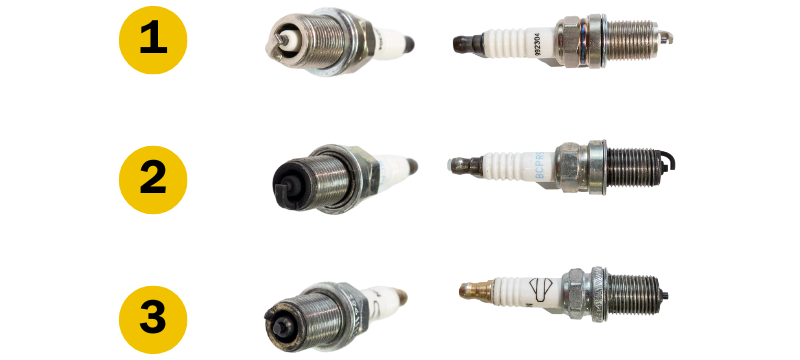
Step 4: Check the valves & compression system
Air-fuel compression is crucial to engines powering outdoor power equipment. The compressions system is made up of valves, piston, cylinders and rings that control how the air and fuel vapors move through the engine. Valves let air in (the intake valve) and out (the exhaust valve), pistons move back and forth pushing the air-fuel mixture to the ignition system and the piston rings keep it all sealed up tight.
If there isn’t proper valve clearance or there’s a leak, this can cause compression problems that keep an engine from starting. You can perform a compression system with a leak down tester. If you don’t have one of these, we recommend visiting your Vanguard repair dealer to perform the test and check that these components are in good shape.
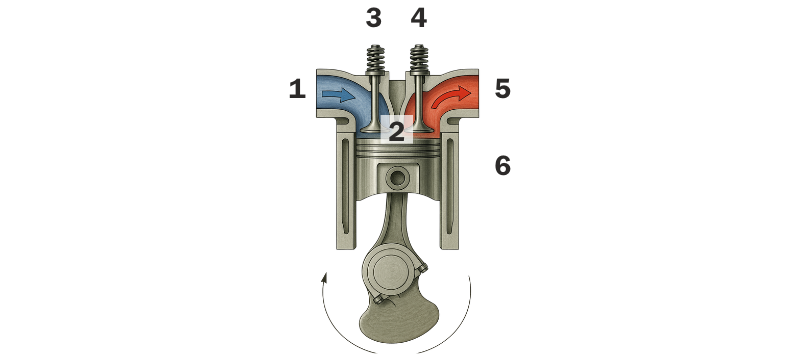
Use this simple Q&A format list to troubleshoot engine problems you may experience with your outdoor power equipment.
Is your fuel fresh?
Stale, untreated gas begins to break down after about a month. Drain the gas from your outdoor power equipment, then replace with fresh gas and fuel stabilizer to extend the life of your fuel.
1 - Clean fuel
2 - Dirty fuel

Is the air filter dirty / plugged
Clean or replace the air filter.
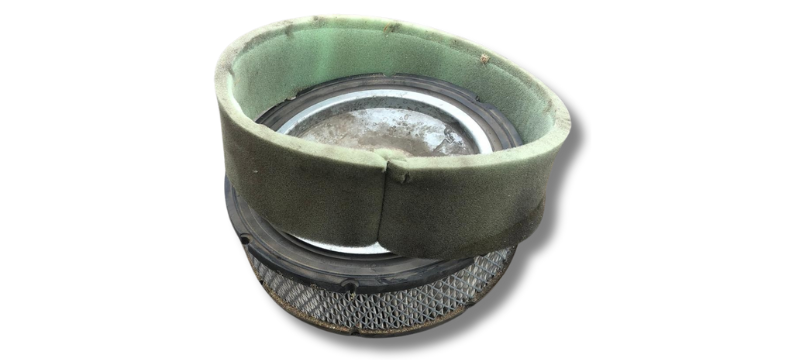
Is the spark plug fouled?
Clean spark plugs where applicable (Follow instructions for checking and changing spark plugs).
1 - Clean spark plug
2 - Dirty spark plug
3 - Broken spark plug

Is your oil fresh?
A: Check your oil level and appearance every time you use your engine while it is cold. Your oil needs to be changed every 100 hours of use or season. (See Checking and changing mower oil)
1 - Clean engine oil
2 - Dirty engine oil

Is the engine emitting white / blue smoke?
This means your engine burning oil. (see Engine emits white/blue smoke while running).
Is the engine emitting black smoke?
You need to perform a Carburettor Adjustment.
Is the air filter dirty / plugged
Clean or replace the air filter.

Is the engine dirty?
Follow instructions for safely cleaning & removing debris from engines.
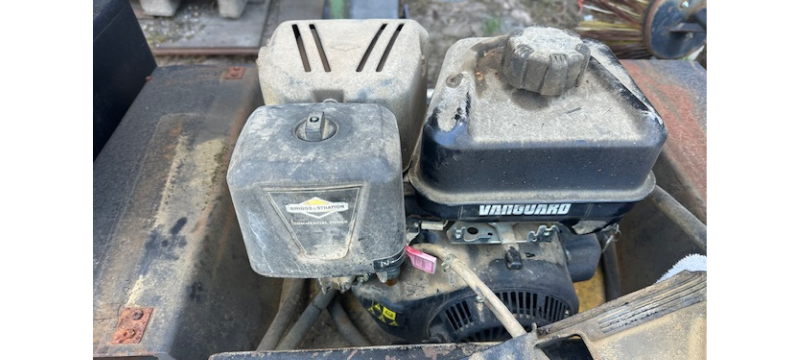
Is the oil level low?
Add oil to the engine. NOTE: Never add oil to the petrol for a four-stroke engine (see Checking & Changing Oil).
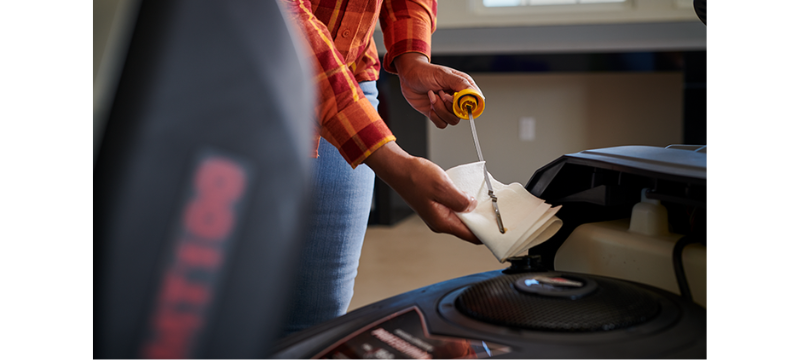
Are any shrouds or cooling fins missing or broken?
Install new parts as needed. Reference your repair manual, available for purchase from your local dealer.
Is the fuel mixture too lean?
You can determine if your air-fuel mixture is off by checking the state of your carburettor. Use this Carburettor adjustment FAQ as a guide.
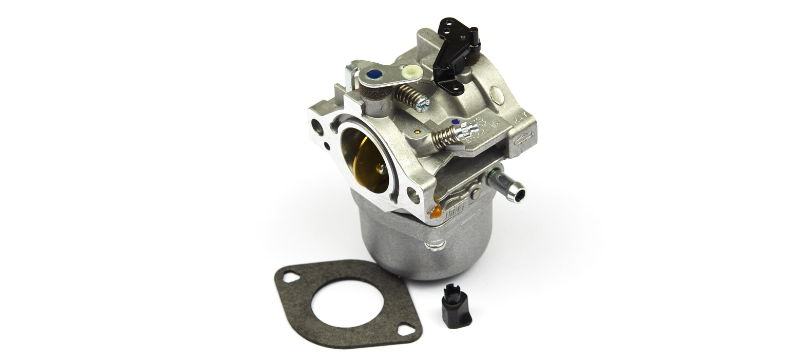
Is there a leaky gasket?
This is another common carburettor problem associated with overheating engines. Learn how to check and replace the gasket (see Lawn mower carburettor rebuild FAQ).
Is the fuel tank vent or fuel tank screen plugged?
Does the combustion chamber contain excess carbon?
Carbon deposits can form on your combustion chamber. If you see any, simply clean carbon from the piston and head (see Removing Engine Carbon Deposits).
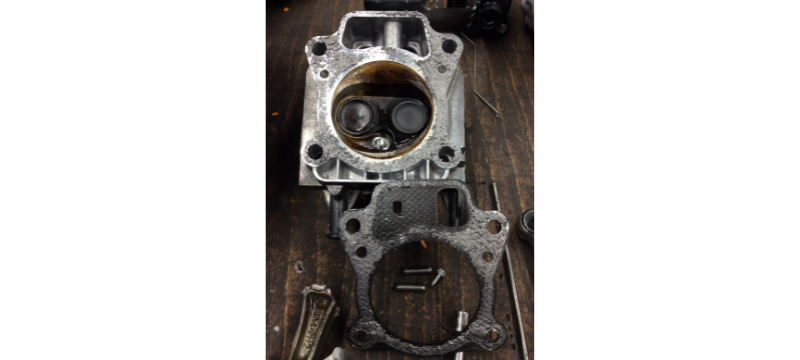
Is the flywheel loose?
Inspect the flywheel and key; replace as needed (see Inspecting the Flywheel & Key).
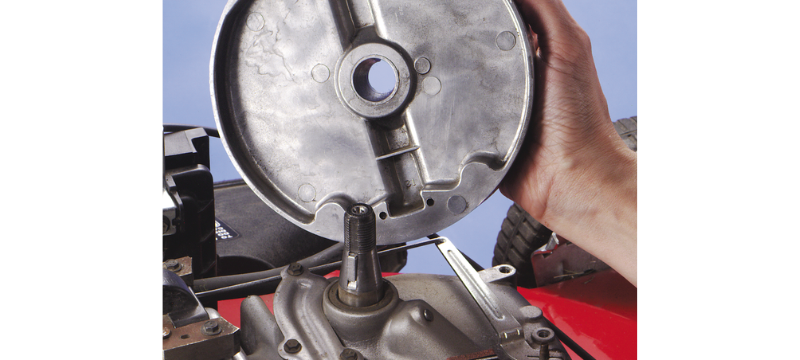
Is the spark plug lead faulty?
Test the lead with a spark tester, then test the engine (see Servicing Spark Plugs).
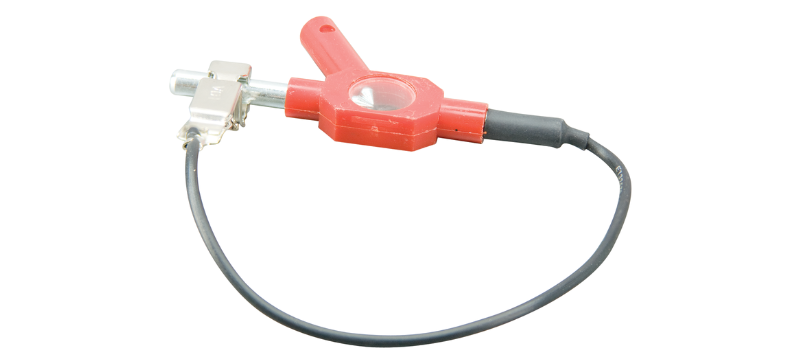
Is the spark plug fouled?
Clean spark plugs where applicable (Follow instructions for checking & changing spark plugs).
Is the spark plug faulty or gap incorrect?
Replace the spark plug or adjust the spark plug gap (see Spark Plug Gap FAQ).
Are the breaker points faulty?
Check the ignition systems’ breaker points. If they are faulty, install a solid-state ignition (see Troubleshooting Ignition Problems).
Are your carburettor settings correct?
Check your engine’s carburettor settings. Find the proper carburettor settings and step-by-step directions for Carburettor Adjustment.
- Check that the valve spring still has tension. To access this, you’ll have to remove the muffler, crankcase and other components blocking the valve chamber. Then, remove the cylinder head bolts (label for easy re-installation).
- Adjust the jaws of the valve spring compressor until they touch the top and bottom of the valve chamber.
- Push the tool in to compress the spring and tighten the jaws.
- Remove the retainers and lift out the valves, compressors and springs.
- If you find weak springs, replace them based on your engine’s specifications. These can be found in your operator’s manual.
If your valve spring is still working well, check the clearance. Valves that stick or have leaks can cause an engine to stop running. Adjust the valve clearance to recommended settings (see your operator’s manual).
FURTHER ENGINE MAINTAINANCE TIPS
GET SUPPORT
Take advantage of the expertise your local dealer can provide for service and support on your Vanguard engine.
MANUALS & IPLS
Download the operator's manual for your Vanguard engine or equipment by following our step-by-step process.
Please read and abide by any applicable Safety Information contained in your engine Operator's Manual. The material provided above is not intended to replace work performed by a Briggs & Stratton authorized dealer. Terms and Conditions apply to all of the information presented on this website. Always be sure to completely read and understand your engine Operator's Manual.




